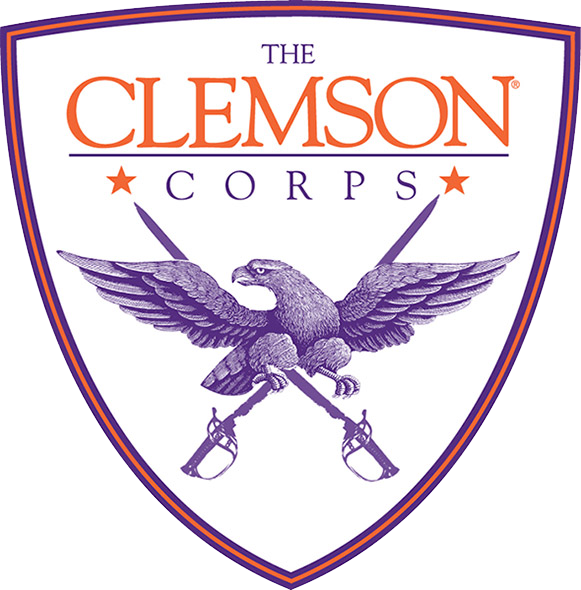In 2001 as we were planning for the fall Military Appreciation Day, one of the members of the Clemson Corps suggested that we somehow identify Clemson Alumni who had died in service to their country. Others agreed this would be a critical aspect of perpetuating Clemson’s strong military heritage.
Members of the Clemson Corps then began to collect names of those alumni who had given the ultimate sacrifice while performing their military duties. The Scroll of Honor was created to recognize these heroes and was unveiled at Military Appreciation Day in 2002. The original Scroll of Honor was in a portable frame that we moved from place to place on campus. Later we realized that a temporary, portable scroll was not befitting the sacrifice these great alumni had made. In 2005 we began to consider a permanent memorial on campus that would bring appropriate honor to these heroes.














